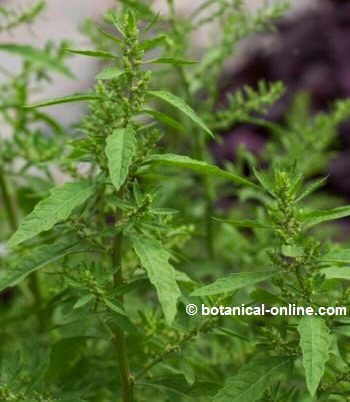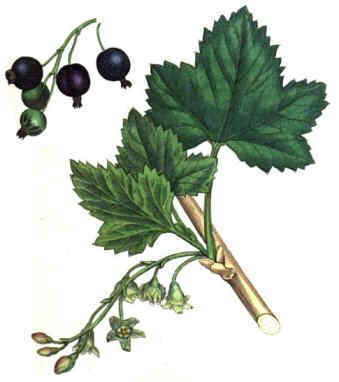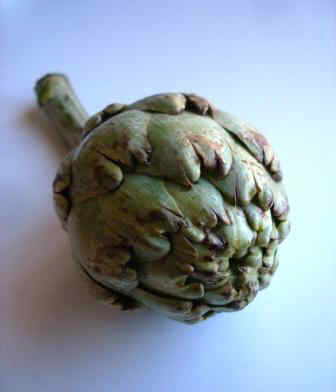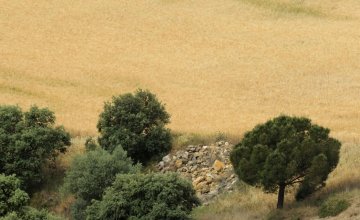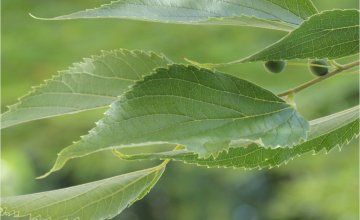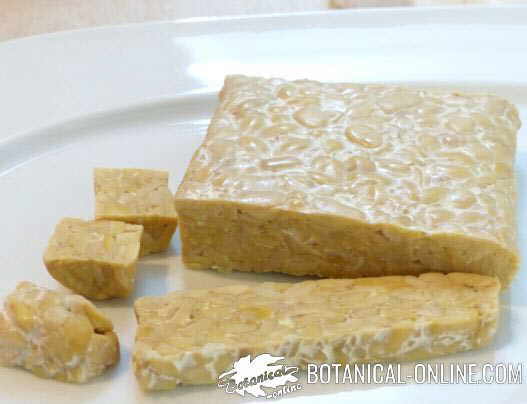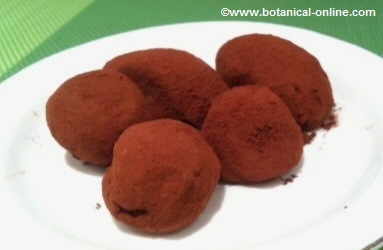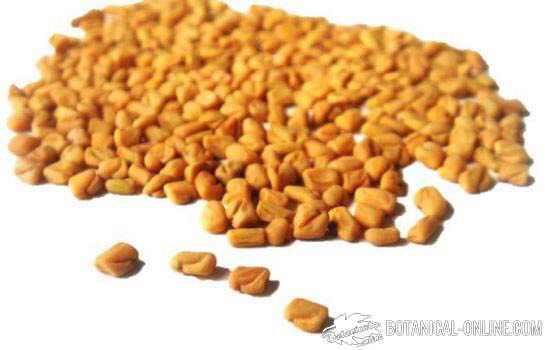Contents
What is a witch-hazel?
Witch-hazel characteristics (Hamamelis virginiana)
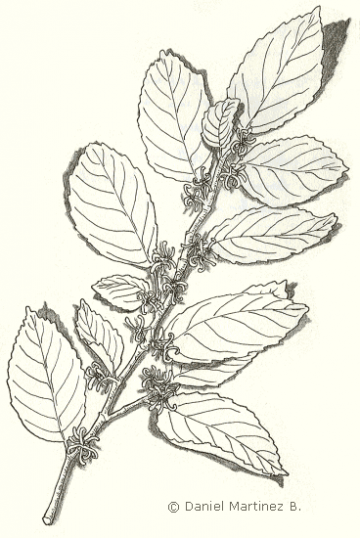
Common Name: witch-hazel, spotted alder, winterbloom, or snapping hazelnut. The last name refers to the seeds that are driven long distances when the fruit matures and opens.
Scientific name: Hamamelis virginiana
Family: Hamamelidaceae
Habitat: Eastern Canada and northeastern United States.
Characteristics:
Deciduous shrub of the Hamamelidaceae family that can reach 7 feet tall.
Multiple erect trunks with gray bark. Leaves alternate, pinnately compound with oval leaflets, shortly stalked, toothed, up to 8 cm in length. Leaves downfall occurs in summer.
Yellow flowers that spring from the axils of the leaves and have their bloom between early fall and mid winter. Fruit in capsule with black seeds.
Composition of witch-hazel:
- Tannins: – gallic acid (leaves) and hamamelitannin (bark and leaves)
- Flavonoids: quercetin, quercitrin, isoquercitrin, L.-epicatechin, myricetin, phlobaphene, leucocyanidin, leucodelphinidin (leaves)
- Saponins: (leaves)
- Sugars: Hamamelose
- Essential oil: with safrole, ester and alcohol
![]() More information on witch-hazel
More information on witch-hazel

